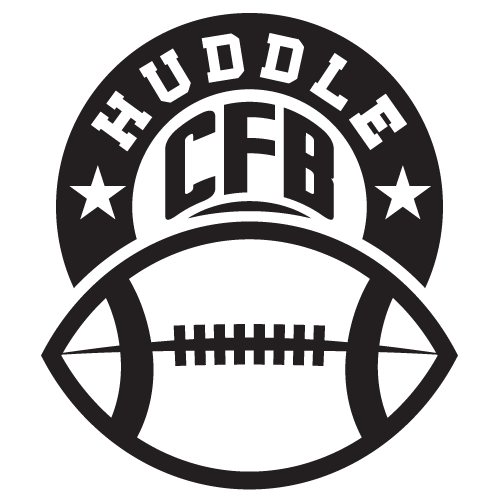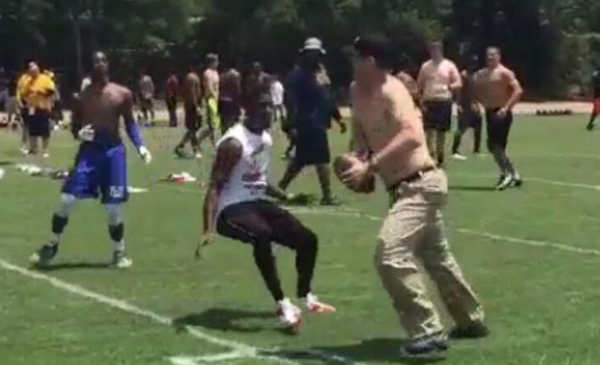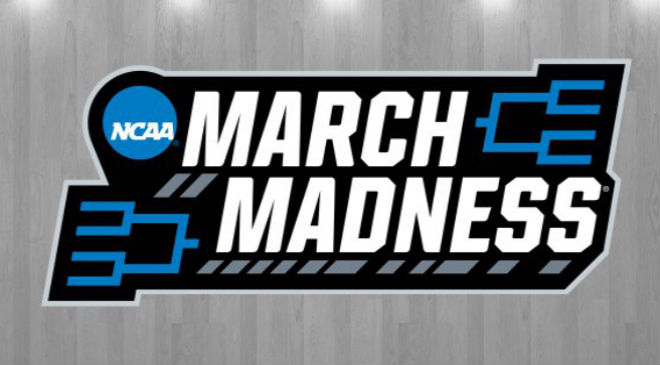Every March, the NCAA Tournament attracts casual fans whose sports interest typically resides elsewhere for the other 11 months of the year.
For college football fans, some of the teams that made the 2016 NCAA Tournament might seem foreign. This year’s Field of 68 featured 14 universities with Football Championship Subdivision programs, including 2015 FCS Playoff participants Chattanooga, Dayton, Northern Iowa and South Dakota State; one university, Fairleigh Dickinson, that fields a Div. III football team on an entirely different campus; and 12 universities without varsity football.
The non-football playing participants in this year’s NCAA Tournament include a number of private universities, like Xavier and Seton Hall. Others — namely Cal State-Bakersfield, UNC-Wilmington and UNC-Asheville — are on the lower end of state systems and don’t have the budgets for football.
Green Bay is in the same boat, occupying a state with a Div. III powerhouse (UW-Whitewater) and Big Ten fixture. UWGB brass were also advised against getting into the football business by one of the game’s preeminent names: Vince Lombardi.
MAAC champion Iona shuttered its football program in 2008, part of a wave of FCS programs in the Northeast that folded coinciding with the Great Recession. Other programs closed around that time include La Salle, Northeastern and Hofstra.
But with numerous Div. I programs launching in the last half-decade, a select few among the NCAA Tournament’s football-less make for intriguing gridiron prospects.
ARKANSAS-LITTLE ROCK
Bret Bielema’s Razorbacks play a “home” game in Little Rock every season, but rumors swirl that the Hogs are done visiting in the near future. They face Alcorn State at War Memorial Stadium in October.
Aside from that one visit, however, the state capital’s football stadium sits vacant much of the year, and Arkansas’ only FBS football resides on outposts in the west (Fayetteville) and east (Jonesboro).
As recently as last winter, Little Rock’s mayor championed bringing a consistent gridiron presence to the city — namely, a resurrected UALR Trojans squad.
UALR football flourished at the junior college level just after World War II.
As a current Sun Belt member across its existing sports, UALR could relaunch football with a designated FBS track, similar to South Alabama’s recent development. Coming off an NCAA Tournament upset of Purdue, now would seem an opportune time to turn fan base goodwill into monetary investment if Trojan football is to make a comeback.
FLORIDA GULF COAST
Even in a state with numerous universities opened in the latter-half of the 20th century, Florida Gulf Coast is the new kid on the block. FGCU opened its door just 25 years ago, and only gained national recognition three years ago with the basketball team’s Sweet 16 run in the 2013 NCAA Tournament.
Other public universities in the Sunshine State launched football programs in recent years. The teams at USF, FAU and FIU are all less than two decades old. Private Stetson got into the college football game just in the last few years, albeit in the non-scholarship Pioneer League of FCS.
Athletic brass at FGCU published a football feasibility study in 2011, detailing a grand vision for the university’s inclusion in FCS. It’s five years later, and a couple of NCAA Tournament appearances haven’t yet turned into
The potential for high-quality football certainly exists for a fledgling program in Florida. USF cracked the Top 25 last decade, and Willie Taggart has the Bulls headed back in that direction. UCF tapped into the state’s resources enough to build a nice, on-campus home and win a Fiesta Bowl.
FGCU doesn’t have nearly as many undergraduates as UCF or USF, thus FCS is a much more viable option.
VCU
VCU power forward Mo Alie-Cox turned the heads of scouts recently — NFL scouts.
The rim-rattling Ram big man is an intriguing tight end prospect, much in the same vein as fellow 2016 NCAA Tournament participant Rico Gathers of Baylor, and past hardwood-to-gridiron stars like Antonio Gates.
If only VCU fielded football, we could possibly see Alie-Cox wreak havoc both in the paint and red zone. A Rams football team would also make for a fun, crosstown rivalry with the Richmond Spiders.
Indeed, VCU would be a perfect fit in the Colonial Athletic Association, where Commonwealth counterparts UR, James Madison and William & Mary already reside.
WICHITA STATE
Wichita State’s succeeded at the highest level consistently in both baseball and basketball. Why not football?
The university fielded a varsity football team for nearly nine decades, in that time contributing to college football history. The Shockers experimented with new rules on Christmas Day 1905, before President Theodore Roosevelt called for nationwide reform of the sport.
Competitive Wichita State teams in the 1950s and early 1960s won seven, eight and nine games, with one Shocker squad reaching the Sun Bowl. The program never recovered from the horrific 1970 plane crash, however, finishing above .500 just once in the 16 years following until the university shuttered football in 1986.
Thirty years, six College World Series appearances, a Final Four and a baseball national title later, Wichita State seems like a perfect candidate for a football resurgence.
The money the Koch Bros. invest in the basketball program to keep hot commodity Gregg Marshall in black-and-gold would surely solve some of the economic hardship of getting back into the game. As a member of the Missouri Valley, the Shockers would gain instant credibility joining the nation’s strongest conference.



